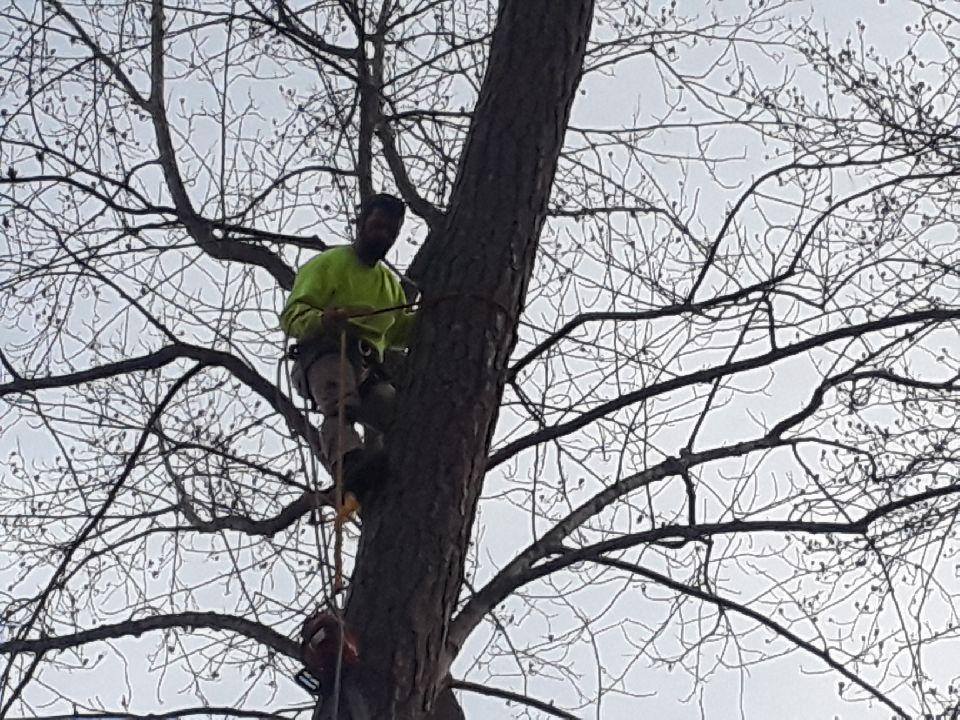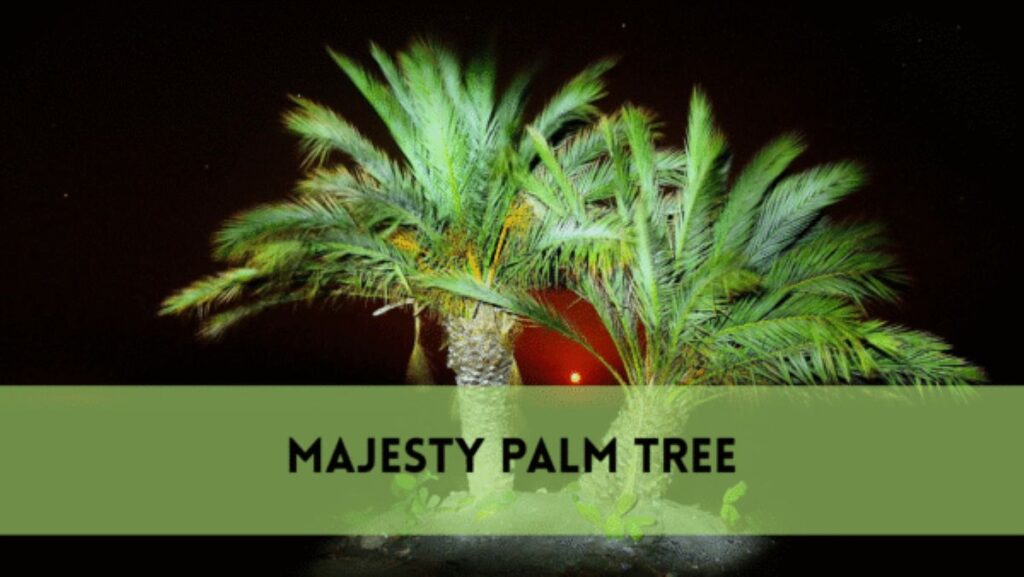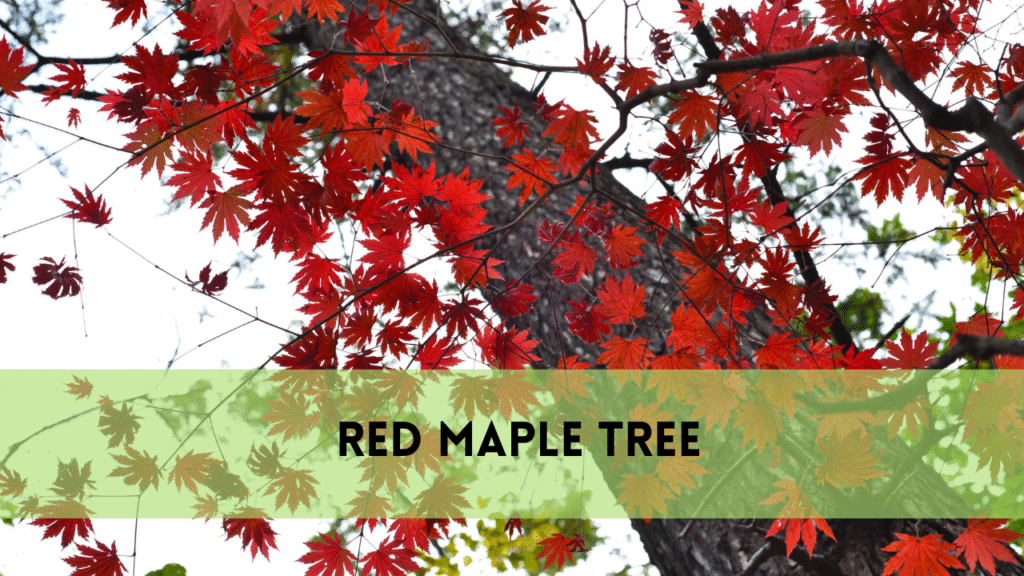Seedless maple trees
Seedless maple trees, a miracle in the realm of arboreal wonders, have a varied range of cultivars known for their remarkable beauty and exceptional qualities. These maple variants, officially classified within the genus Acer, differ from ordinary maple trees in that they produce little to no seeds, making them appealing to arborists, horticulturists, and landscape enthusiasts alike.
The creation of seedless varieties through complicated breeding processes and genetic changes has resulted in a diverse range of maple trees with vivid foliage, unusual growth patterns, and fascinating bark textures. These cultivars, which include Acer platanoides (Norway Maple), Acer saccharum (Sugar Maple), and Acer rubrum (Red Maple), demonstrate not just visual brilliance in their leaf forms and colours, but also high levels of resistance to disease.
Types of Seedless Maple Trees
Acer platanoides (Norwegian Maple)
Norway Maple, a popular seedless variety, has an appealing assortment of leaf forms and tints, making it an appealing addition to landscapes.
Sugar Maple, Acer saccharum
Sugar Maple, famed for its spectacular fall leaves, includes seedless variations valued for their stunning colours and adaptability.
Red Maple Acer rubrum
Red Maple varieties, renowned for their resilience to a wide range of soils and climates, offer a rich range of leaf colours and textures.
Genetic Background of Seedless Variants
The genetic development of seedless variations in maple trees entails precise scientific approaches aimed at changing and influencing the genetic makeup of these beautiful plants. Horticulturists and scientists have sought the development of seedless maple cultivars with specified features, such as decreased or missing seed production, using selective breeding and hybridization approaches.
Genetic alterations frequently include the careful selection and manipulation of genes involved in seed development. Controlled pollination, crossbreeding, and genetic engineering have been used to isolate desired genetic traits, allowing the development of cultivars with reduced or absent seeds while retaining other desirable characteristics such as vibrant foliage or unique growth patterns.
Distinctive Characteristics of Seedless Maple Trees
Seedless maple trees stand apart from seeded maple trees in a variety of ways, capturing the attention of arborists and enthusiasts. These varieties, which are frequently developed for specific characteristics, have distinctive foliage, growth patterns, and bark texture.
The leaf variations and morphologies of seedless maple trees are one of their most notable characteristics. These cultivars have a wide range of leaf forms, sizes, and colours, ranging from deeply lobed to wider, with hues ranging from vivid greens to enticing fall tints of red, orange, and yellow. The lack or decrease of seeds allows these trees to focus their efforts on generating spectacular foliage, which increases their cosmetic value.
Advantages and Disadvantages of Seedless Varieties
Advantages:
Reduced Seed Production: Seedless maple trees have much less or no seed production. This reduces trash and the development of undesired seedlings, minimizing landscape care efforts.
Aesthetic Appeal: Seedless maple trees focus their attention on creating vivid and visually beautiful leaves. This results in more vibrant colours and fuller foliage, increasing the decorative value of the plants in the landscape.
Less Seed dissemination: When there are fewer seeds, there is less probability of seed dissemination by wind or animals, which prevents possible invasion of neighbouring regions by maple seedlings and keeps the environment cleaner.
Disadvantages:
Propagation Issues: Seedless cultivars may be more difficult to propagate than seeded trees. Their fewer or nonexistent seeds make it more difficult to replicate them using traditional methods such as seed germination.
Limited Genetic variation: Relying on a few selected seedless maple types may diminish genetic variation within the species, perhaps rendering them more prone to pests or diseases.
Landscaping and Uses of Seedless Maple Trees
Due to their aesthetic appeal and utilitarian characteristics, seedless maple trees are cherished complements to many landscaping designs and serve several roles in a variety of locations
The Aesthetic Value of Urban and Residential Landscapes:
Ornamental Trees
Seedless maple species, with their vivid leaves and distinct growth patterns, serve as focal points in urban parks, home gardens, and streetscapes, improving the visual attractiveness of these locations.
Seasonal Colours:
These trees provide spectacular seasonal displays, with their leaves changing from vibrant greens in spring and summer to brilliant red, orange, and yellow hues in fall, adding splendour to landscapes.
Maple Trees in Commercial and Public Places:
Shade and Canopy: Seedless maples give enough shade, making them great for commercial locations, public parks, and recreational areas, providing refuge from the sun and creating pleasant meeting spots.
Minimal care Landscaping: Because of their limited seed output, they produce less litter, making them a popular choice for situations where minimal care and cleanliness are required.
Functional and Practical Applications:
Erosion management: Planted along slopes or riverbanks, seedless maples aid in erosion management due to their extensive root systems, which limit soil erosion and provide stability.
Environmental Improvement: These trees help to air purification, biodiversity support, and wildlife habitat development, further enhancing the ecological balance in varied environments.
How to remove seedless maple trees
Assessment and Preparation:
Evaluate the size and condition of the tree. Determine if removal is necessary due to disease, damage, or landscaping reasons.
Ensure safety measures are in place, such as using appropriate protective gear and securing the area to prevent accidents.
Choosing the Removal Method:
Decide on the removal method: manual or professional removal services. For smaller trees, manual removal might suffice, while larger trees may require professional assistance.
Manual Removal Steps:
Clear the area around the tree, removing any obstacles that might hinder the removal process.
Use appropriate tools like pruning saws or chainsaws to cut the tree trunk gradually. Start with small sections from the top down.
Ensure to cut the tree in manageable sections to avoid accidents and safely remove branches and trunk segments.
Professional Removal Services:
Hire certified arborists or tree removal experts if the tree is large, poses risks, or is in a challenging location.
Professional removal services have the expertise, tools, and safety measures to efficiently and safely remove larger trees.
Stump Removal:
After cutting the tree, decide whether to remove the stump. Stump removal methods include grinding, excavation, or chemical treatments.
Disposal and Clean-Up:
Dispose of tree debris responsibly, either by mulching or arranging for proper disposal.
Clean the area thoroughly to ensure safety and aesthetics.
Related Posts:
FAQS
Are seedless maple trees genetically modified?
No, seedless variants are frequently generated using selective breeding and hybridization procedures rather than genetic manipulation.
Do seedless maple trees still generate seeds?
Seedless cultivars generate much fewer seeds or are completely seedless, helping to cleaner landscapes.
Can seedless maple trees cross-pollinate with other maple trees?
Cross-pollination is feasible, but less prevalent due to lower seed output, which mitigates potential crossbreeding in most circumstances.
Are seedless maple trees acceptable for all climates?
Seedless maples vary in adaptability but flourish in temperate temperatures, with distinct cultivars adapted to different locales.
Do seedless maples require any additional care in comparison to seeded maples?
While their care requirements are comparable, the lack of seeds may result in less upkeep, making them a popular choice in landscaping.
Conclusion
Finally, seedless maple trees are excellent complements to landscaping and horticulture due to their appealing leaf, low seed output, and various applications. Their aesthetic appeal, economic relevance, and low maintenance make them an enticing choice for a variety of locations, adding greatly to both aesthetic appeal and functionality.




